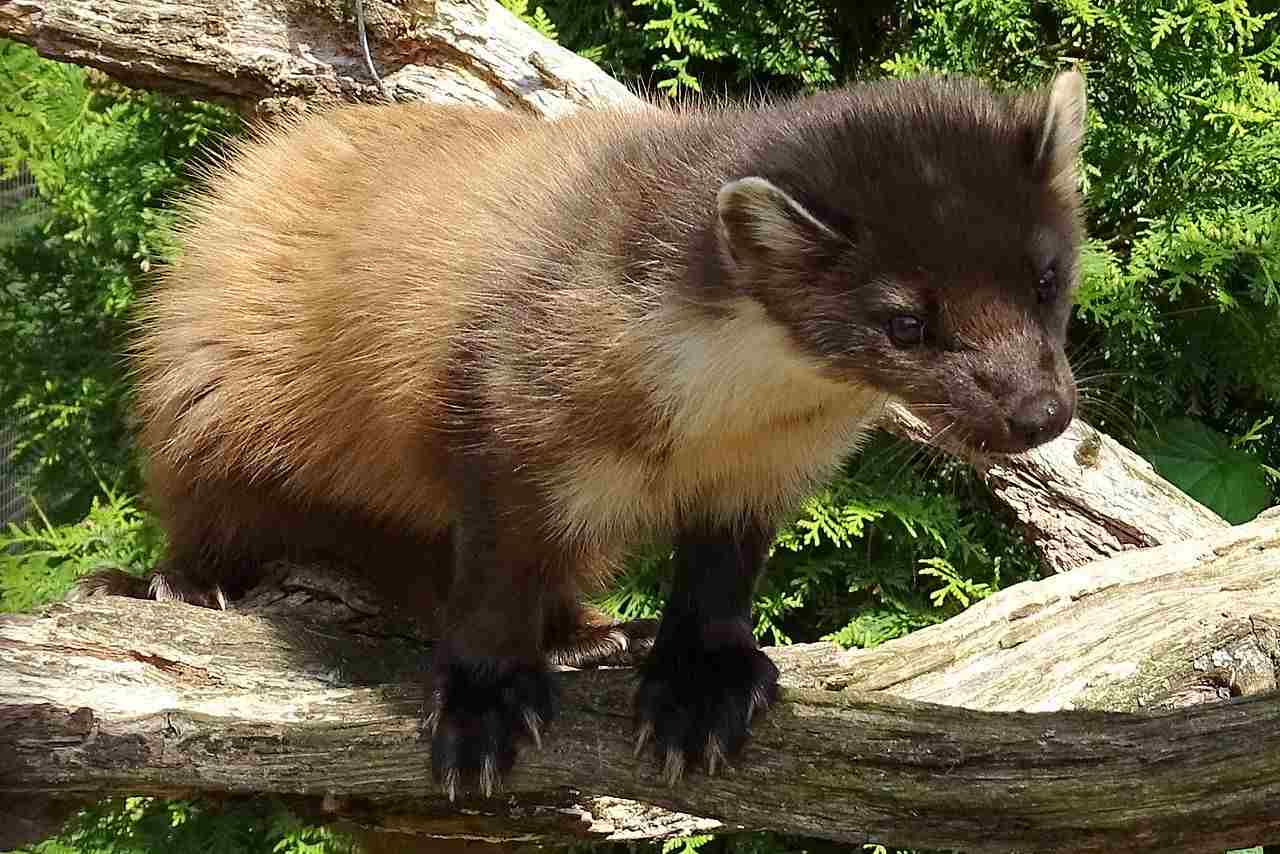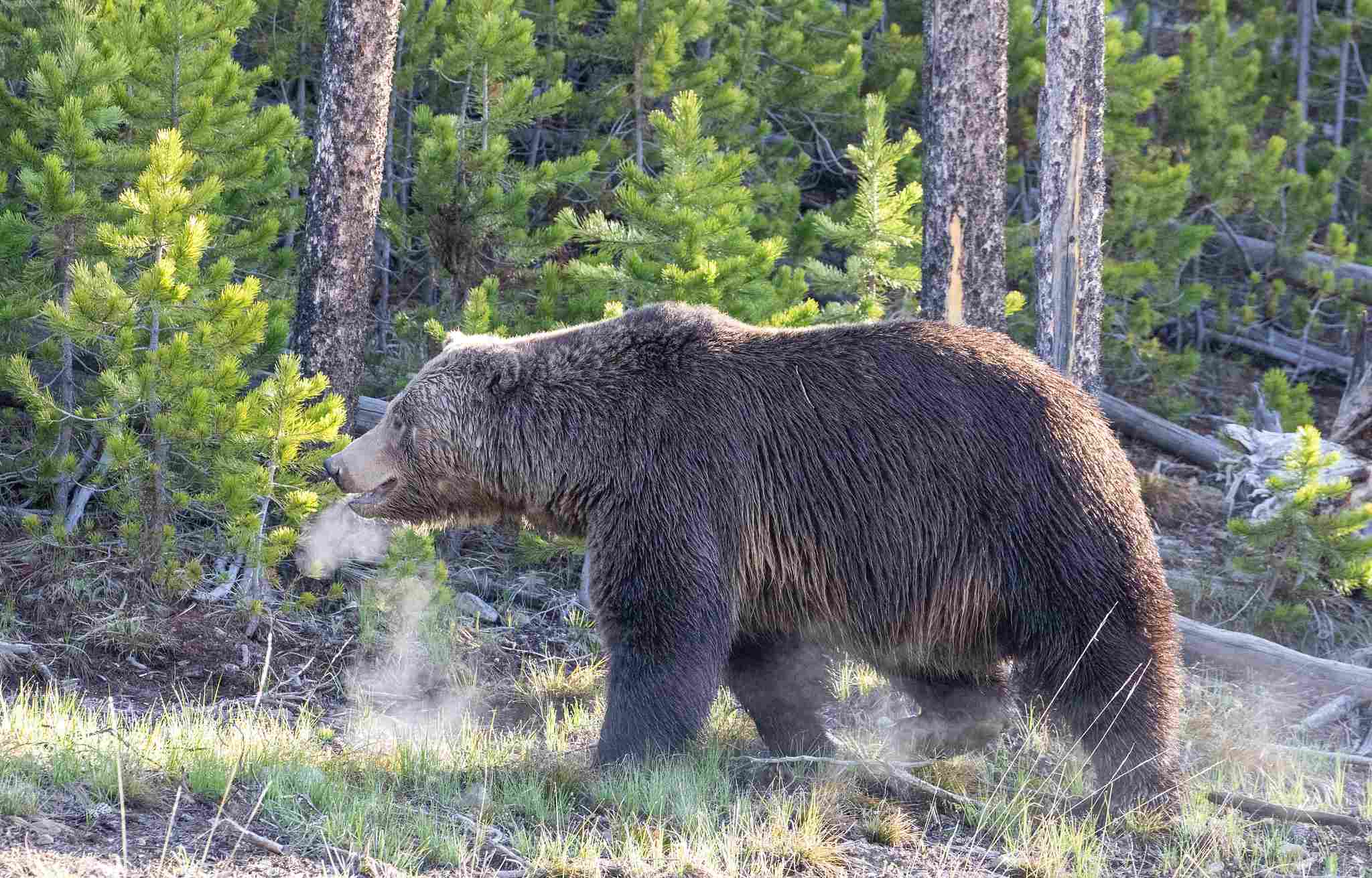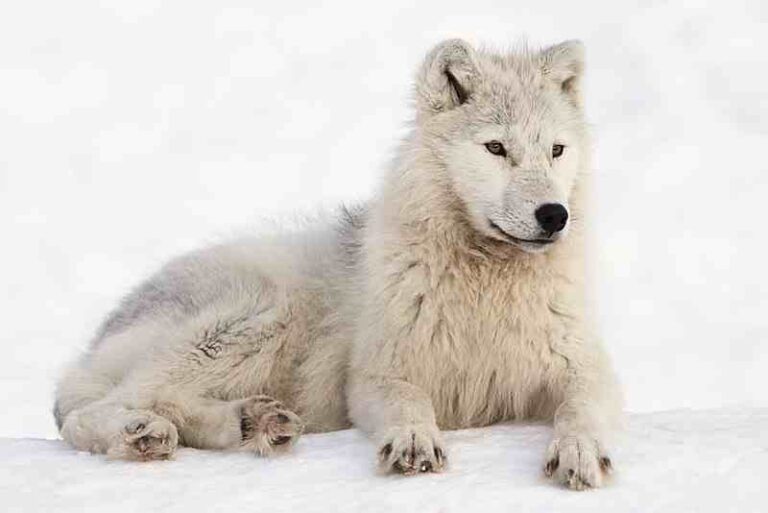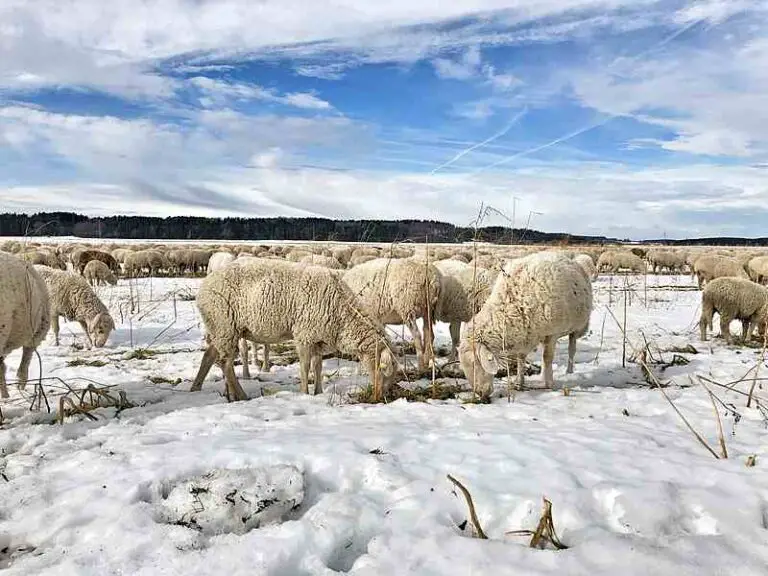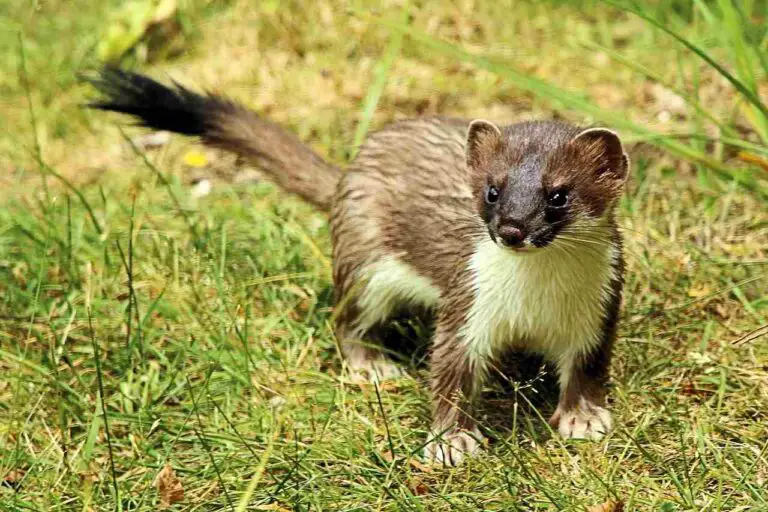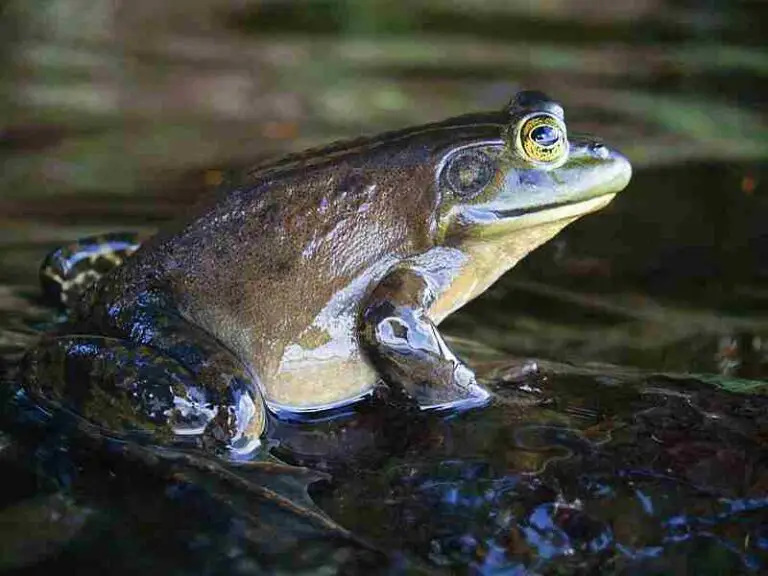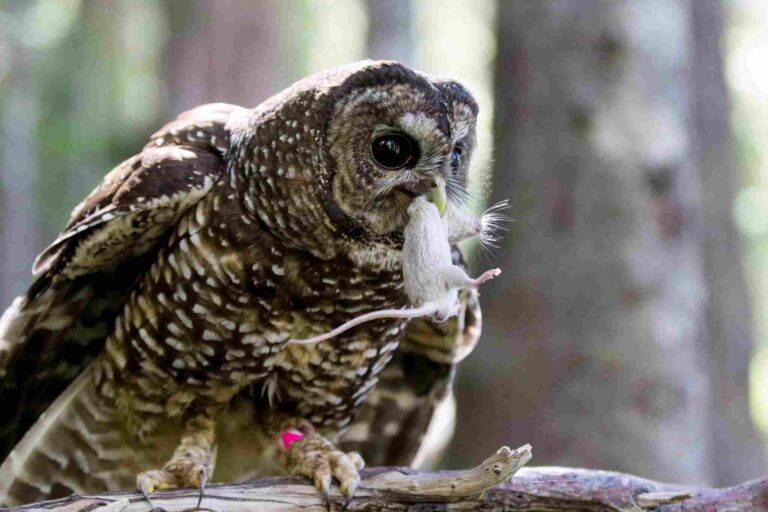11+ Red Squirrel Habitat Needs Discussed
Some habitat needs of the red squirrel are; woodland variety, preferential trees like conifers, well-managed woodland, habitat size, drey construction for nesting, reliance on tree seeds and cones, activity patterns including both nocturnal and diurnal behavior, sensitivity to forest fragmentation impact on population dynamics, preference for arboreal living, decline in urban areas, longevity with seasonal fluctuations, recognition of UK decline, and acknowledgment of conservation importance and adaptation to landscape changes.
| Habitat Needs | Details |
Role in Red Squirrel Survival
|
| Woodland Variety | Diverse woodlands, mixed tree species |
Rich food sources, shelter, and adaptability
|
| Trees With Large Seeds | Acorns, pine cones |
Nutrient-rich diet, energy storage, survival in scarcity
|
| Relatively Dense Plant Cover | Shrubs, underbrush |
Concealment, protection, and pathways
|
| Well-Managed Conditions | Sustainable forestry, conservation efforts |
Stable habitats, protection, and long-term survival
|
| Sufficient Space | Adequate foraging and territorial activities |
Reduced competition, access to resources, and reproductive success
|
| Coniferous Vegetation | Pine and spruce forests |
Cone-based diet, shelter, and protection
|
| Drey Construction | Nests made of twigs, leaves, etc. |
Shelter, protection, and reproductive success
|
| Tree Cones | Harvesting and consuming cones |
Nutrient-rich diet, energy source, adaptability
|
| Forest Fragmentation Control | Connectivity between forested areas |
Genetic diversity, resource access, and population resilience
|
| Arboreal Living | Primarily tree-dwelling |
Efficient resource exploitation, reduced ground competition
|
| Decline in Urban Encroachment Rate | Reduction of urban expansion |
Preservation of natural habitats, minimizing urban risks
|
1. Woodland Variety
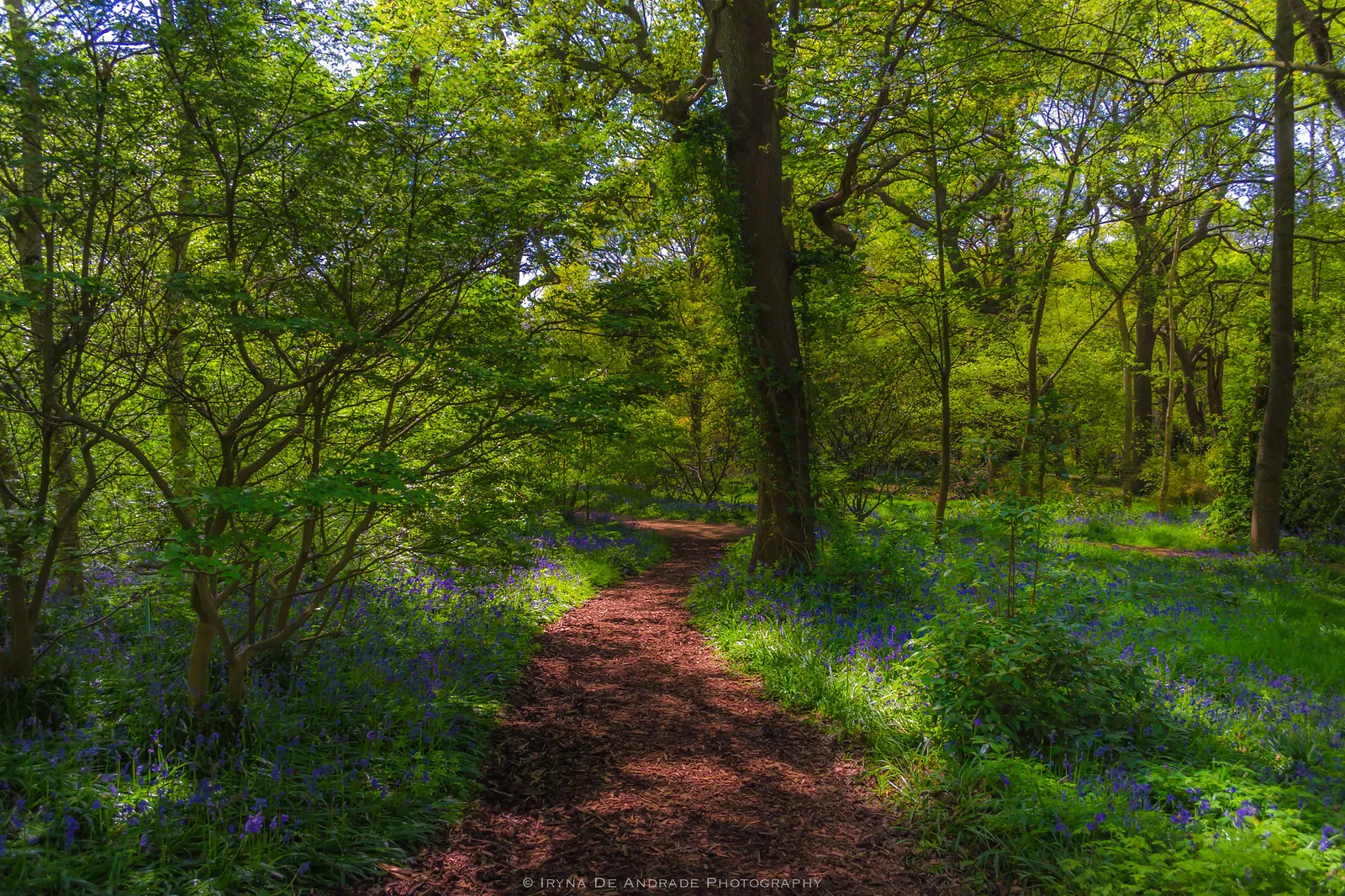
Details:
Red squirrels thrive in diverse woodlands, encompassing mixed forests with a variety of tree species.
This habitat provides a rich tapestry of vegetation, offering different resources and niches for the red squirrels.
Ecological Implications:
Woodland variety supports biodiversity, creating a balanced ecosystem with various plant and animal species.
Different tree species contribute to nutrient cycling and ecological stability, enhancing overall forest health.
Role in Red Squirrel Survival:
The diverse woodland offers a range of food sources, such as diverse nuts, seeds, and insects, crucial for red squirrel nutrition.
It provides hiding places and nesting sites, ensuring shelter and protection from predators.
The interplay of vegetation fosters a resilient environment, positively influencing the red squirrel population’s adaptability and long-term survival.
2. Trees With Large Seeds
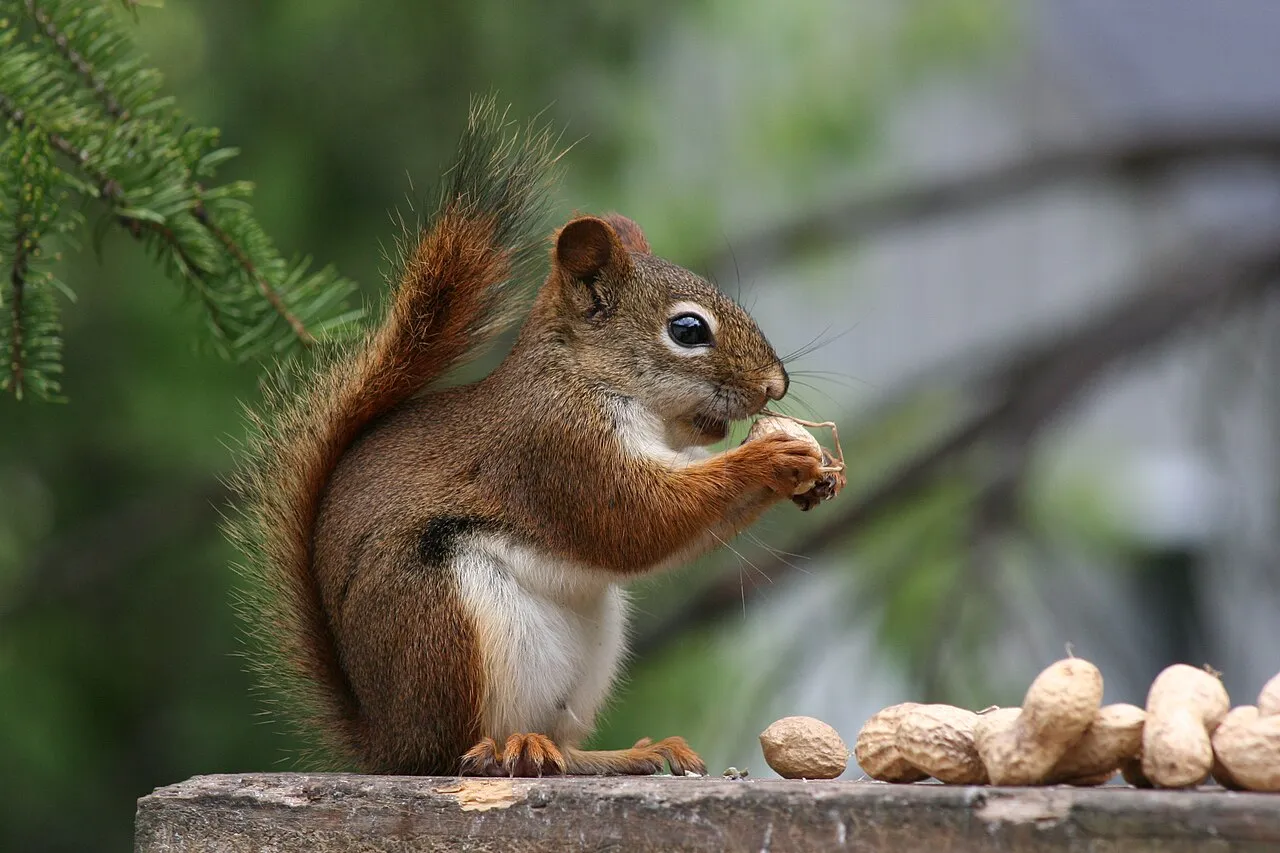
Details:
Red squirrels heavily rely on trees producing large seeds like acorns and pine cones.
These seeds serve as a primary food source, contributing to the squirrel’s diet throughout the year.
Ecological Implications:
Trees with large seeds play a vital role in seed dispersal, promoting the regeneration of forests.
Symbiotic relationships with seed-producing trees influence the overall health and diversity of the woodland ecosystem.
Role in Red Squirrel Survival:
Large seeds offer a nutrient-rich and energy-dense food source, crucial for red squirrels’ energy expenditure.
The ability to harvest and store large seeds contributes to their survival during periods of scarcity, such as winter months.
3. Relatively Dense Plant Cover
Details:
Red squirrels prefer habitats with dense plant cover, including shrubs and underbrush.
The cover provides concealment, pathways, and protection against predators.
Ecological Implications:
Dense plant cover fosters microhabitats, supporting a diverse array of flora and fauna.
It contributes to soil retention, moisture regulation, and the overall ecological balance of the woodland.
Role in Red Squirrel Survival:
The dense cover serves as a protective environment for foraging, nesting, and raising offspring.
Camouflaged pathways aid in evading predators, enhancing the red squirrels’ chances of survival.
4. Well-Managed Conditions
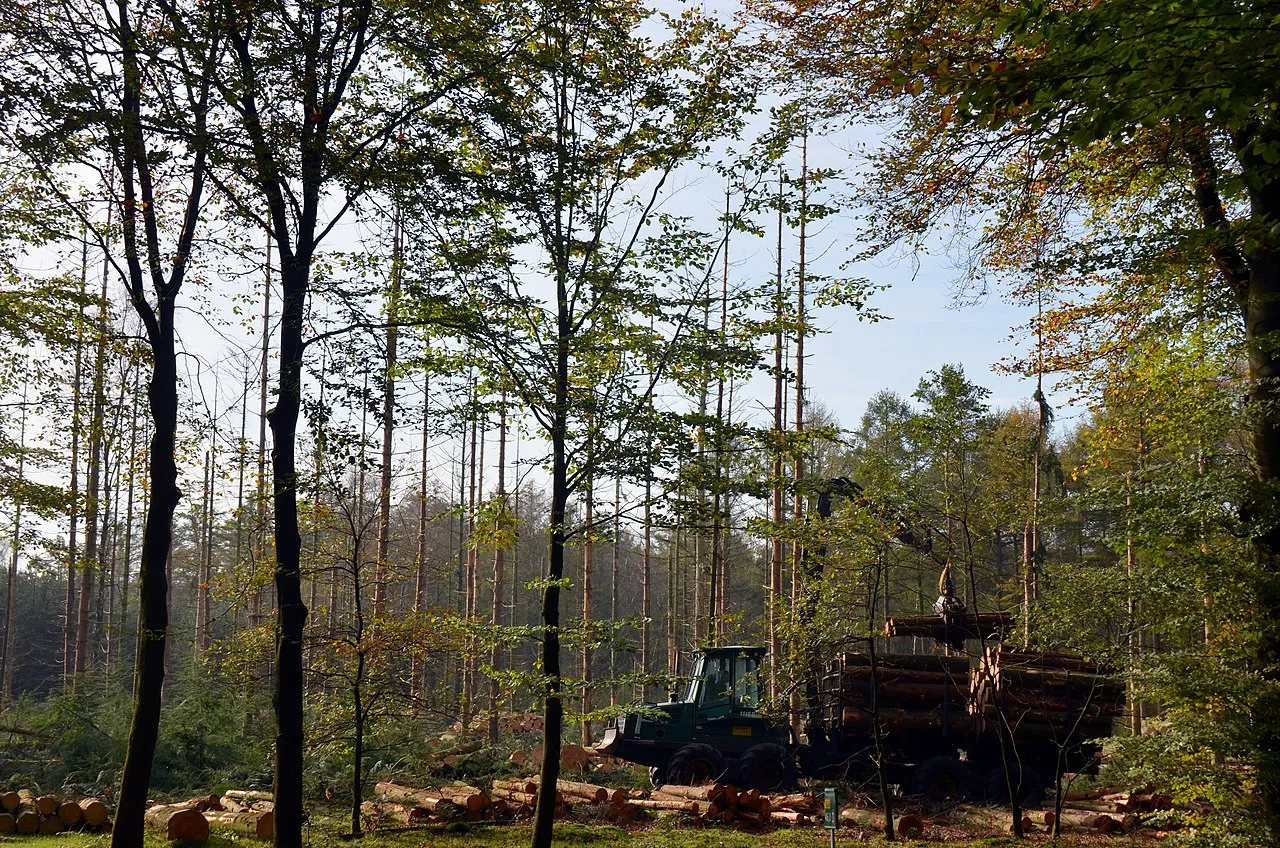
Details:
Red squirrels thrive in habitats with balanced ecological conditions, free from excessive disturbances or pollution.
Well-managed conditions include sustainable forestry practices and conservation efforts.
Ecological Implications:
Proper management ensures the preservation of natural habitats and biodiversity.
Mitigating human-induced threats supports the resilience of the ecosystem.
Role in Red Squirrel Survival:
Well-managed conditions contribute to stable and healthy woodland ecosystems, providing a sustainable environment for red squirrels.
Conservation efforts play a crucial role in protecting their habitats and ensuring long-term survival.
5. Sufficient Space
Details:
Red squirrels require habitats with adequate space for foraging, nesting, and territorial activities.
Sufficient space reduces competition and stress among individuals.
Ecological Implications:
Adequate space supports natural behaviors, preventing overcrowding and territorial conflicts.
It facilitates the establishment of interconnected habitats for a broader ecological network.
Role in Red Squirrel Survival:
Sufficient space reduces competition for resources, ensuring access to food and suitable nesting sites.
It contributes to the overall well-being and reproductive success of red squirrel populations.
6. Coniferous Vegetation
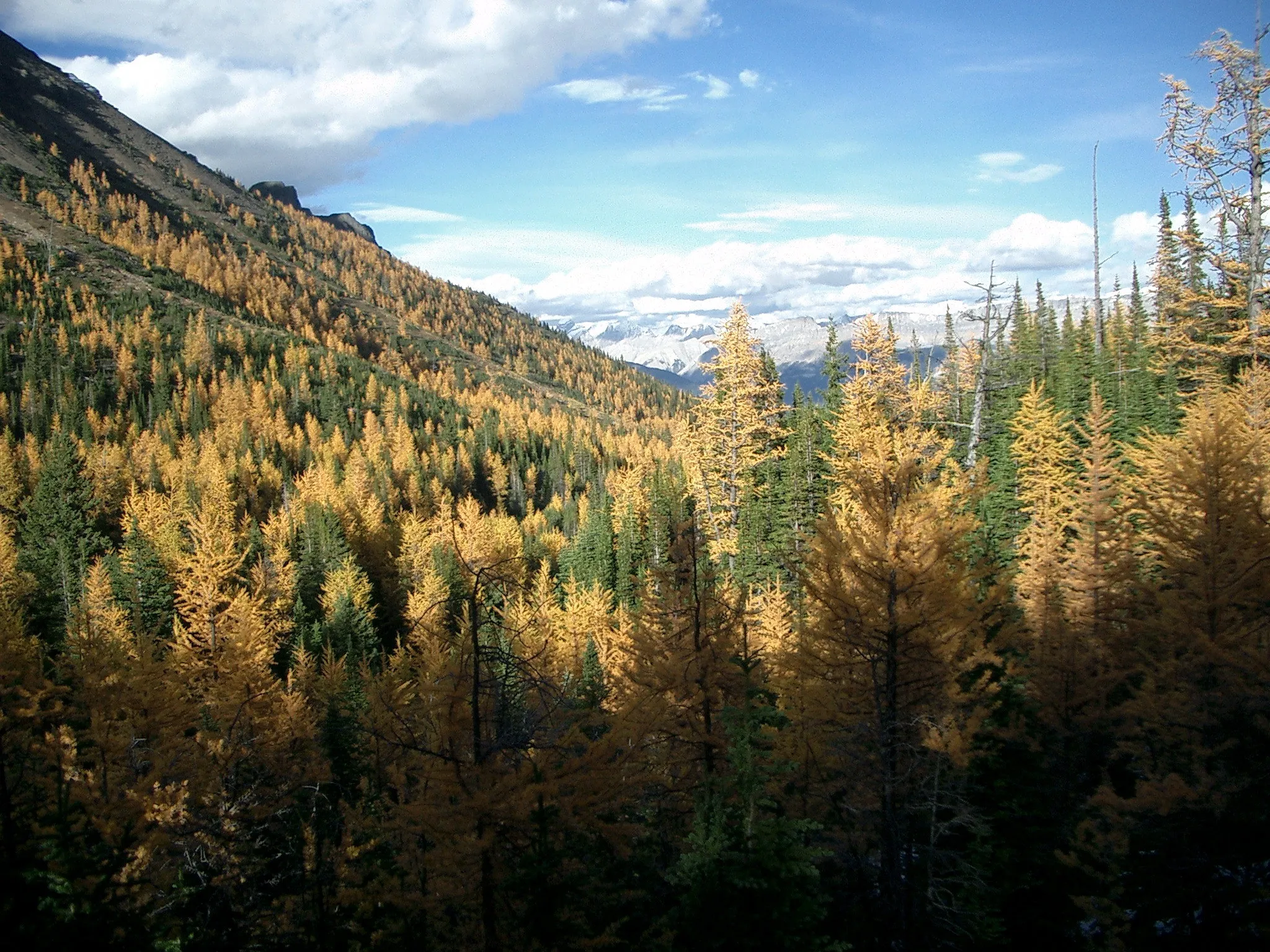
Details:
Red squirrels often inhabit areas with coniferous vegetation, including pine and spruce forests.
Conifers provide a habitat with specific features like cone-bearing trees.
Ecological Implications:
Coniferous forests contribute to biodiversity by supporting unique plant and animal species adapted to this environment.
The needles of coniferous trees decompose more slowly, influencing nutrient cycling in the ecosystem.
Role in Red Squirrel Survival:
Coniferous trees produce cones, a significant food source for red squirrels, especially during seasons when other resources are scarce.
The dense branches and needles of conifers offer shelter and protection, enhancing the red squirrels’ ability to evade predators.
7. Drey Construction
Details:
Red squirrels build dreys, which are nests made of twigs, leaves, and other materials, typically located in the branches of trees.
Dreys serve as shelters for rest, protection, and raising offspring.
Ecological Implications:
Dreys contribute to the recycling of materials within the ecosystem as red squirrels gather twigs and leaves for nest construction.
Unused dreys may become habitats for other species after abandonment.
Role in Red Squirrel Survival:
Dreys provide a secure and insulated space for red squirrels during adverse weather conditions.
The construction and use of dreys play a crucial role in the reproductive success and survival of red squirrel populations.
8. Tree Cones
Details:
Red squirrels are adept at harvesting and consuming tree cones, such as those from pine and spruce trees.
Tree cones are a primary food source, particularly during seasons when other food is scarce.
Ecological Implications:
The process of cone harvesting by red squirrels contributes to the natural dispersal of tree seeds.
Cone-bearing trees benefit from this symbiotic relationship, ensuring the spread and germination of their seeds.
Role in Red Squirrel Survival:
Tree cones provide essential nutrients and energy, especially fats, crucial for red squirrels’ survival, particularly in winter.
The ability to harvest and store tree cones supports the red squirrels’ adaptability and resilience in varying environmental conditions.
9. Forest Fragmentation Control
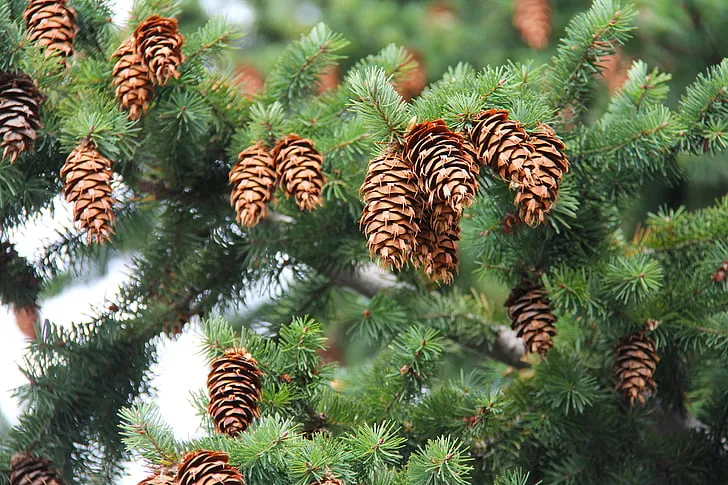
Details:
Forest fragmentation refers to the division of large continuous forests into smaller, isolated patches.
Reducing fragmentation involves maintaining or restoring connectivity between forested areas.
Ecological Implications:
Fragmentation can lead to habitat loss, disrupt ecological processes, and impact biodiversity negatively.
Control measures aim to mitigate the effects of human activities, preserving the integrity of the forest ecosystem.
Role in Red Squirrel Survival:
Forest fragmentation control helps maintain larger, interconnected habitats, ensuring genetic diversity and the exchange of individuals between populations.
It reduces the risks associated with isolated populations, such as limited resources and increased vulnerability to disease or predation, promoting the long-term survival of red squirrels.
10. Forest Fragmentation Control
Details:
Forest fragmentation refers to the division of large continuous forests into smaller, isolated patches.
Reducing fragmentation involves maintaining or restoring connectivity between forested areas.
Ecological Implications:
Fragmentation can lead to habitat loss, disrupt ecological processes, and impact biodiversity negatively.
Control measures aim to mitigate the effects of human activities, preserving the integrity of the forest ecosystem.
Role in Red Squirrel Survival:
Forest fragmentation control helps maintain larger, interconnected habitats, ensuring genetic diversity and the exchange of individuals between populations.
It reduces the risks associated with isolated populations, such as limited resources and increased vulnerability to disease or predation, promoting the long-term survival of red squirrels.
11. Arboreal Living
Details:
Red squirrels are primarily arboreal, spending a significant portion of their lives in trees.
Their agility in tree-dwelling activities includes foraging, nest-building, and evading predators.
Ecological Implications:
Arboreal living reduces competition for ground resources, creating niche opportunities for other ground-dwelling species.
The adaptation to arboreal life contributes to the vertical dimension of ecological niches within the forest ecosystem.
Role in Red Squirrel Survival:
Arboreal living provides red squirrels with a specialized niche, utilizing the vertical space of the forest for feeding, nesting, and avoiding ground-based predators.
This adaptation enhances their ability to exploit resources efficiently and reduces competition with other ground-dwelling species.
12. Decline in Urban Encroachment Rate
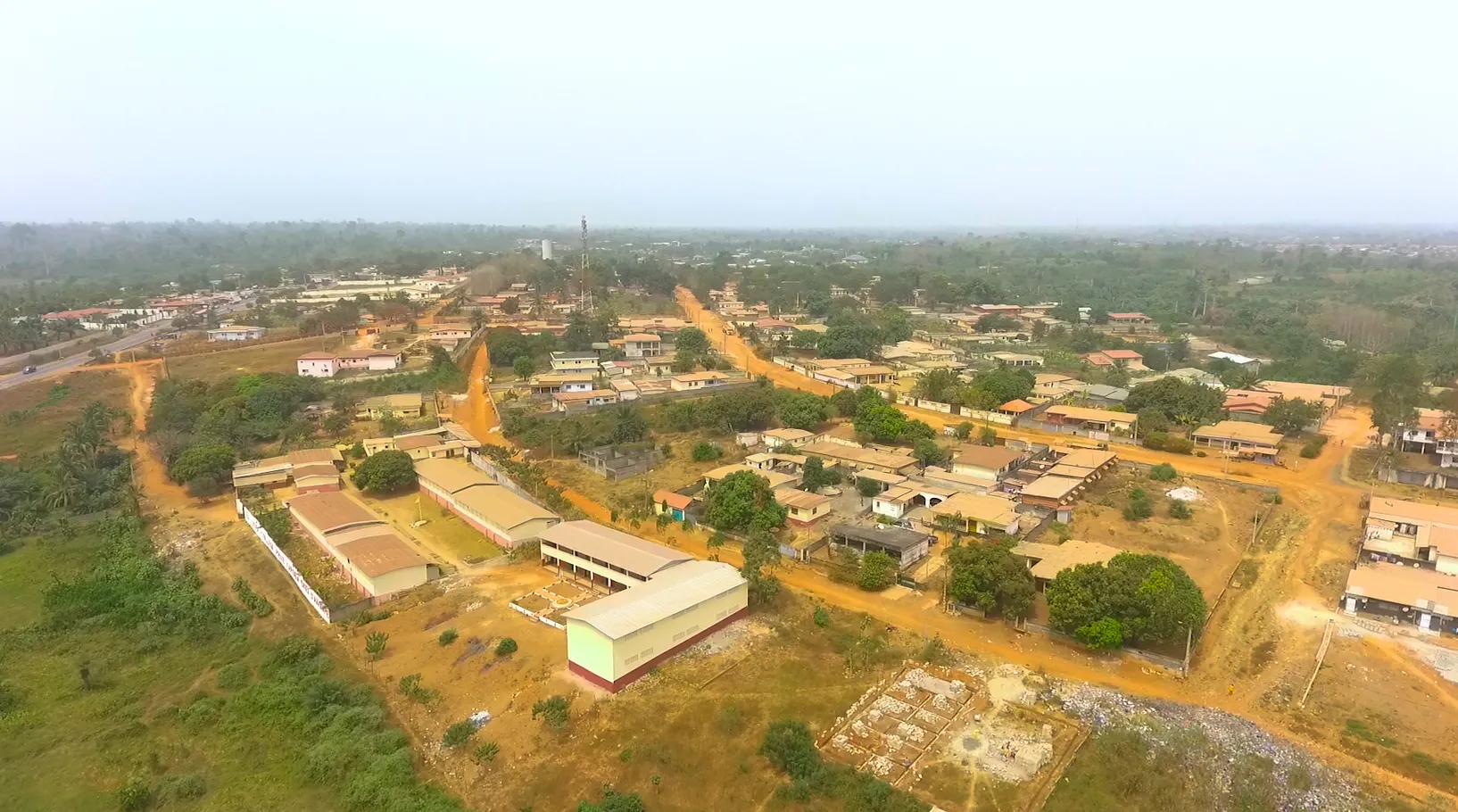
Details:
Urban encroachment refers to the expansion of urban areas into natural habitats, often leading to habitat degradation and loss.
Reducing the rate of urban encroachment involves sustainable urban planning and conservation efforts.
Ecological Implications:
Urban encroachment can result in habitat fragmentation, pollution, and disruption of ecological processes, affecting biodiversity.
The decline in urban encroachment helps preserve natural habitats and the ecological balance within urban and peri-urban areas.
Role in Red Squirrel Survival:
A reduced rate of urban encroachment preserves vital natural habitats, ensuring the availability of suitable environments for red squirrels.
It minimizes the risks associated with urbanization, such as traffic hazards, pollution, and loss of nesting sites, contributing to the overall well-being and survival of red squirrel populations.

